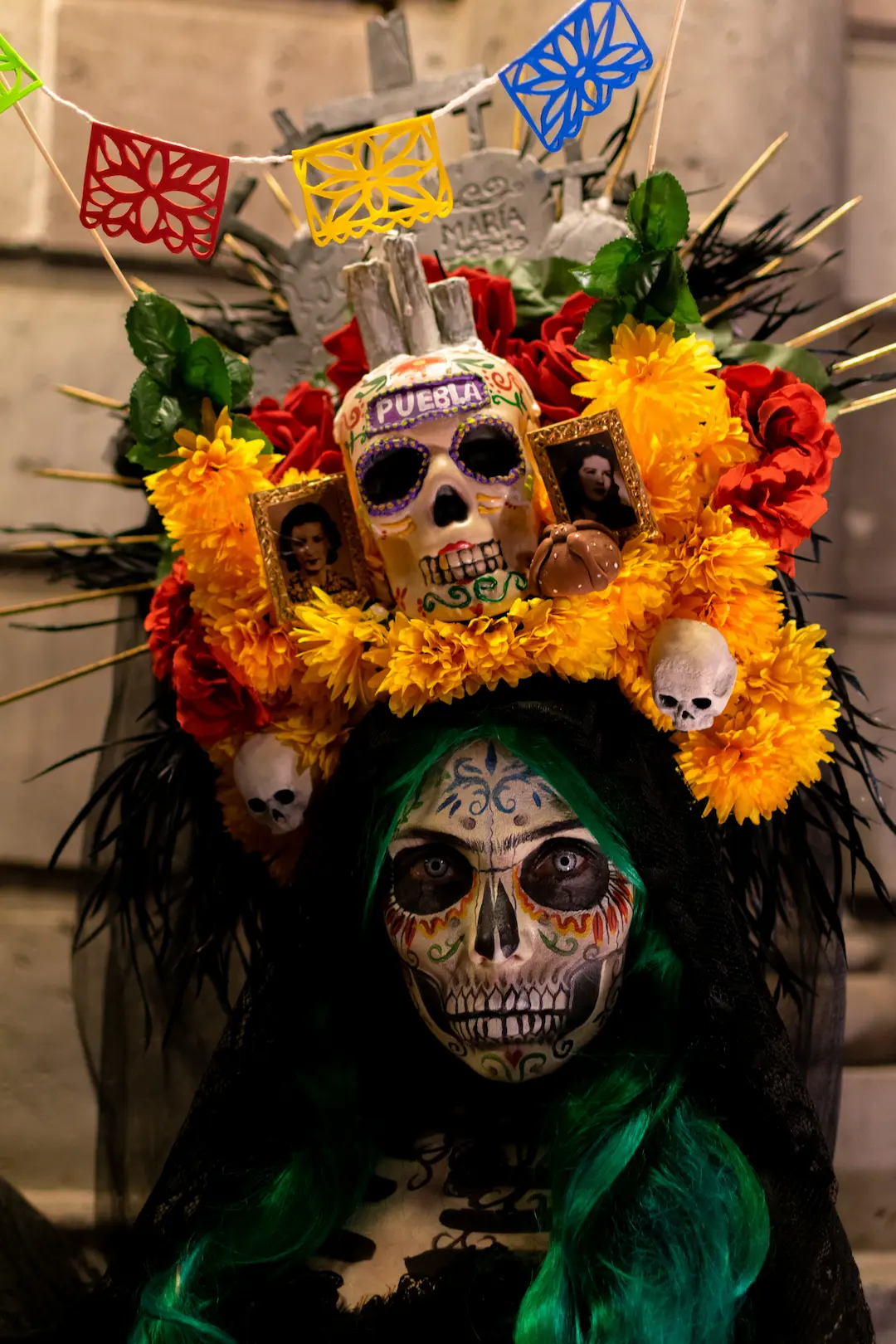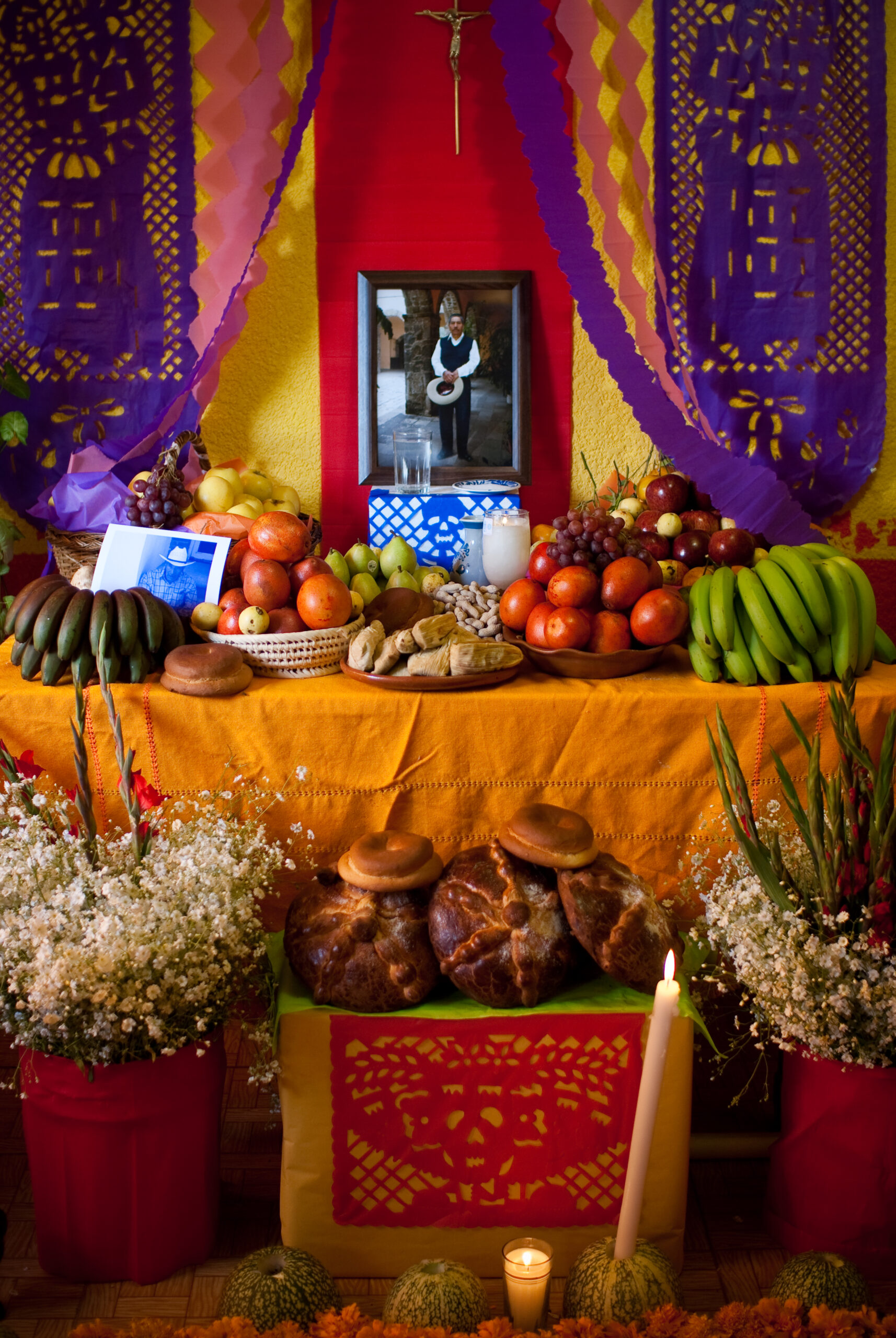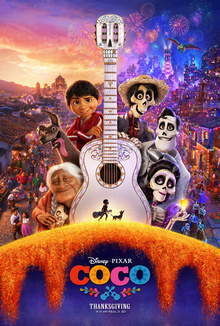Celebrating November 1st: A Global Reflection on All Saints' Day and Dia de los Muertos
- October 31, 2023
- By Tobias Woudt
November 1st marks a significant day in various cultures worldwide, heralding two primary observances: All Saints’ Day and Dia de los Muertos.
Let’s delve into the rich tapestry of customs and celebrations that adorn this day in different corners of the world, offering a glimpse into how diverse cultures honor their departed loved ones.
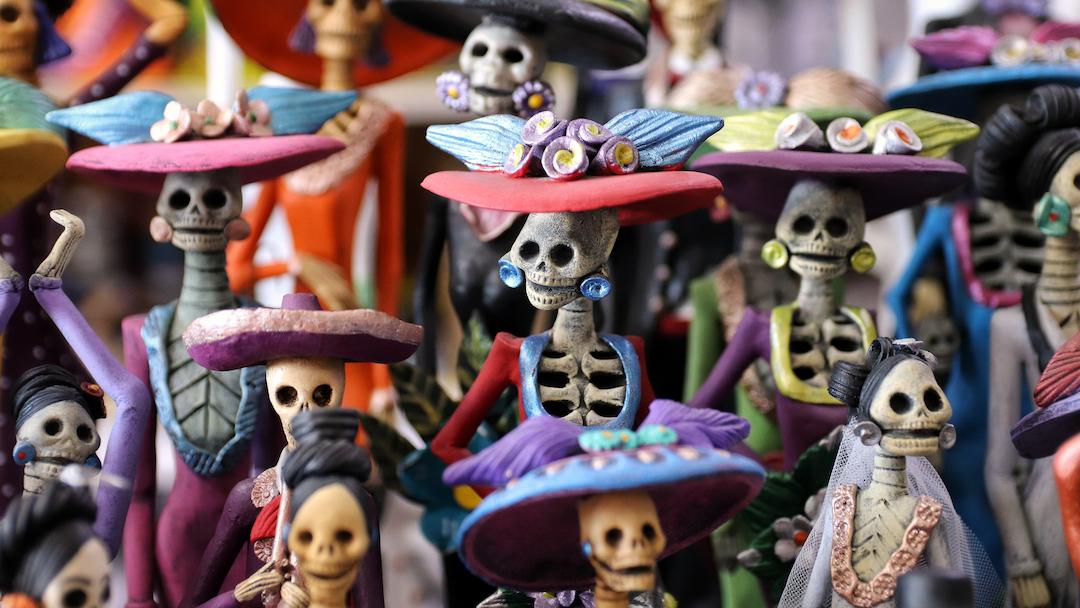
Table of Contents
Historical Origins of All Saints' Day:
All Saints’ Day finds its roots in the early Christian Church.
It began to take shape in the 4th century when Christians, wanting to honor the martyrs who had died for their faith, started to commemorate them on specific dates.
However, it was not until the 7th century that Pope Boniface IV consecrated the Pantheon in Rome to honor the Blessed Virgin and all martyrs, a celebration known as “Feast of All Martyrs.”
Later, Pope Gregory III expanded this celebration to include all saints, moving the date to November 1st. This shift to honor all saints rather than just martyrs was an attempt to Christianize the pagan holiday of Samhain, which marked the end of the harvest season and the onset of winter.
Over time, All Saints’ Day became a significant Christian feast, revered for honoring known and unknown saints, cementing its place in the liturgical calendar and fostering diverse customs in various countries worldwide.
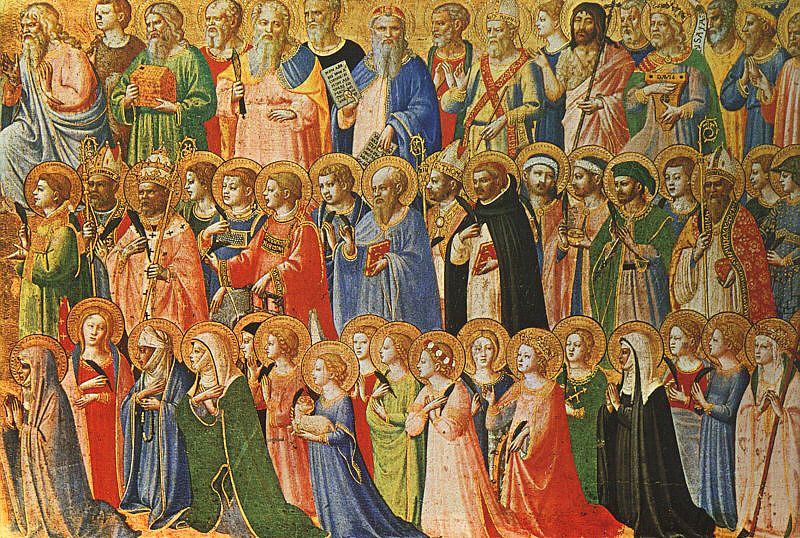
All Saints’ Day Across The World: A Global Tapestry of Reverence and Remembrance
All Saints’ Day, observed on November 1st, stands as a day of profound significance across diverse cultures globally.
The commemoration, known by various names in different languages, fosters a tapestry of unique customs and rituals, reflecting a collective ethos of honoring the deceased.
From quiet moments of reflection in European cemeteries to vibrant and colorful celebrations in Latin America, the day encapsulates a universal embrace of remembrance and reverence.
Join us on a journey to explore the multifaceted traditions and cultural nuances that adorn All Saints’ Day around the world.
United Kingdom (All Saints' Day) - "All Saints' Day"
In the United Kingdom, All Saints’ Day is a time for quiet reflection and remembrance.
Families often attend church services to honor the deceased, laying wreaths and flowers on graves, particularly chrysanthemums, a flower closely associated with mourning.
It’s a day where many pay tribute to departed loved ones, seeking solace and contemplation while fostering a serene atmosphere in cemeteries across the country.
France (La Toussaint) - "La Toussaint"
“La Toussaint” in France is a significant national holiday where families visit cemeteries to pay respects to departed family members.
It’s customary to adorn graves with vibrant chrysanthemums, which symbolize death and grief in French culture.
Special church services are held, and the day is often extended into a long weekend, allowing for extended family gatherings to honor the deceased.
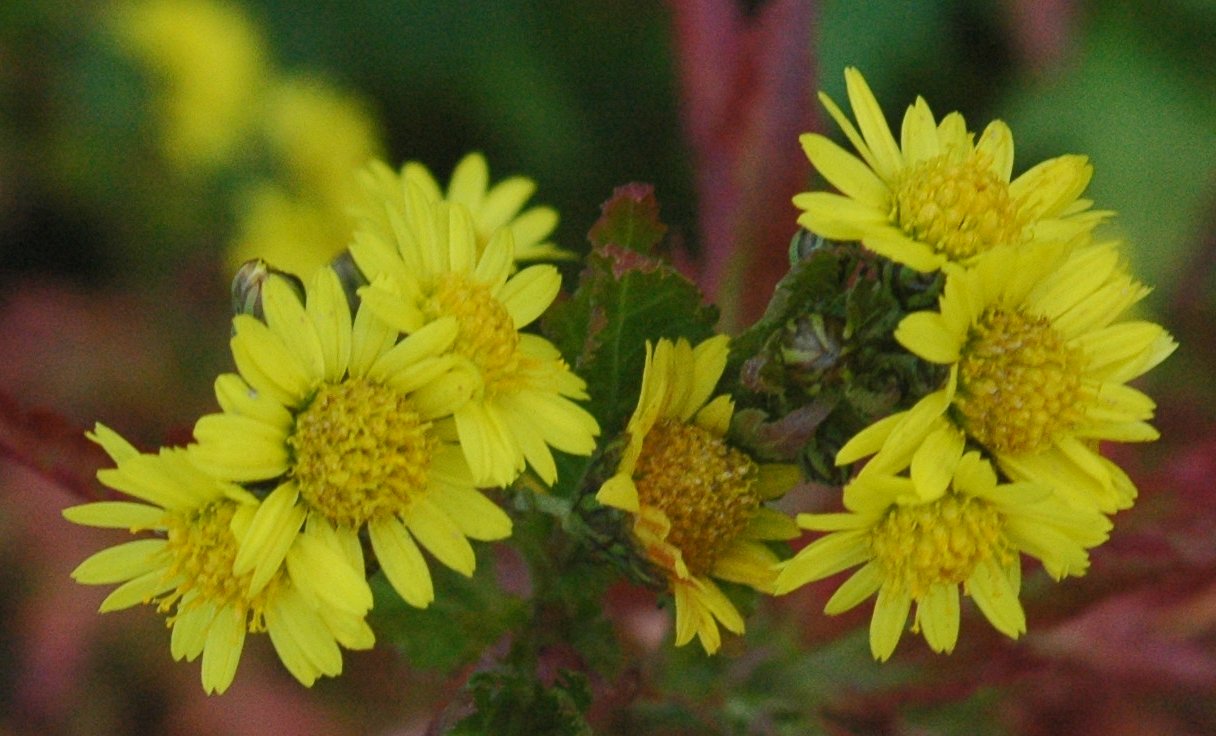
Germany (Allerheiligen) - "Allerheiligen"
Germans mark Allerheiligen by visiting graveyards, lighting candles, and leaving flowers, particularly red roses or chrysanthemums, on the resting places of their loved ones.
This observance creates a solemn yet serene atmosphere in cemeteries, emphasizing quiet remembrance and honoring the deceased.
Yet in more Germanic cultures, November the second, All Souls Day, is a day more often commemorated.
Mexico (Dia de los Muertos) - "Día de los Muertos"
“Dia de los Muertos” in Mexico is a vibrant and jubilant celebration.
Families construct ofrendas (altars) adorned with colorful marigolds, sugar skulls, favorite foods, and photographs of departed relatives.
The streets come alive with parades, music, and traditional dances, celebrating the lives of those who have passed on rather than mourning their loss.
South American Countries - "Dia de Muertos" / "Dia dos Mortos" / "Dia dos Finados"
Across various South American countries like Brazil, “Dia de Muertos“, also known as “Dia dos Mortos” or “Dia dos Finados“, involves community gatherings where families come together to honor ancestors and departed loved ones.
Families often gather at cemeteries, creating beautiful altars adorned with candles, flowers, and personal mementos as a way of paying homage and respect.
Spain (Día de Todos los Santos) - "Día de Todos los Santos"
In Spain, “Día de Todos los Santos” reflects the commemorations in other European countries.
Families visit cemeteries, leaving flowers, particularly chrysanthemums or red carnations, on graves while attending special church services dedicated to the deceased.
It’s a day of reflection and honoring departed loved ones.
Italy (Giorno di Ognissanti) - "Giorno di Ognissanti"
“Giorno di Ognissanti”, or “Tutti i Santi” in Italy involves visiting cemeteries to clean and decorate family graves, lighting candles, and leaving flowers, particularly chrysanthemums, as a sign of respect.
It’s a time to remember and pay tribute to the departed with solemnity and reverence.
China (Qingming Festival) - "Qingming Festival"
The “Qingming” Festival, not directly associated with All Saints’ Day or Dia de los Muertos, is observed in China as a time for families to honor ancestors by visiting graves, cleaning tombs, and making offerings.
Families pay respects to their deceased relatives, cleaning and tidying their resting places while making symbolic offerings of food and burning incense.
USA, Netherlands, Portugal, and Arabic Countries
In these countries, observances related to All Saints’ Day or Dia de los Muertos might vary based on cultural or religious communities.
Specific religious or community groups may have their unique practices and commemorations to honor the deceased, showcasing the diverse cultural fabric within these nations.
All Saints' Day: A Tapestry of Traditions
Symbolism and Traditional Food:
In many cultures celebrating All Saints’ Day and Dia de los Muertos, symbolism and traditional food play a vital role in honoring the departed.
For instance, in Mexico’s Dia de los Muertos, marigolds, known as “cempasúchil,” guide spirits back with their vibrant color and scent.
Families create ofrendas (altars) laden with the deceased’s favorite dishes, such as mole, tamales, or pan de muerto (bread of the dead), believed to nourish and please the souls returning for the festivities.
Similarly, in Italy’s Giorno di Ognissanti, families prepare hearty dishes like risotto or gnocchi along with the traditional Pan dei Morti (bread of the dead), symbolizing life’s continuity and honoring deceased loved ones.
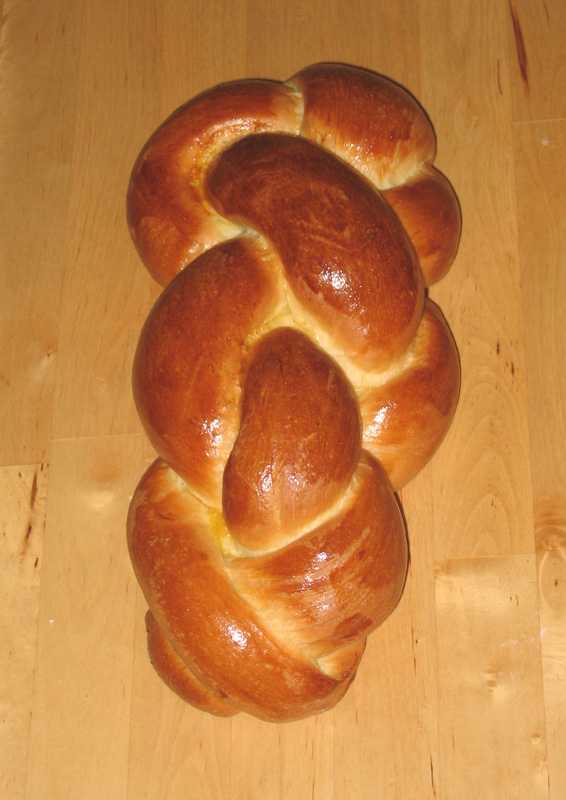
Cultural Music and Dance:
Cultural music and dance infuse vitality and spirit into these observances across different countries.
In Mexico, during Dia de los Muertos, lively Mariachi music resounds through the streets as families participate in the traditional dance of “La Danza de los Viejitos” (the dance of the little old men), representing the cycle of life.
In Spain, solemn but melodic tunes such as “El Cant dels Ocells” (The Song of the Birds) are often played during Día de Todos los Santos, creating a serene atmosphere during church services and cemetery visits.
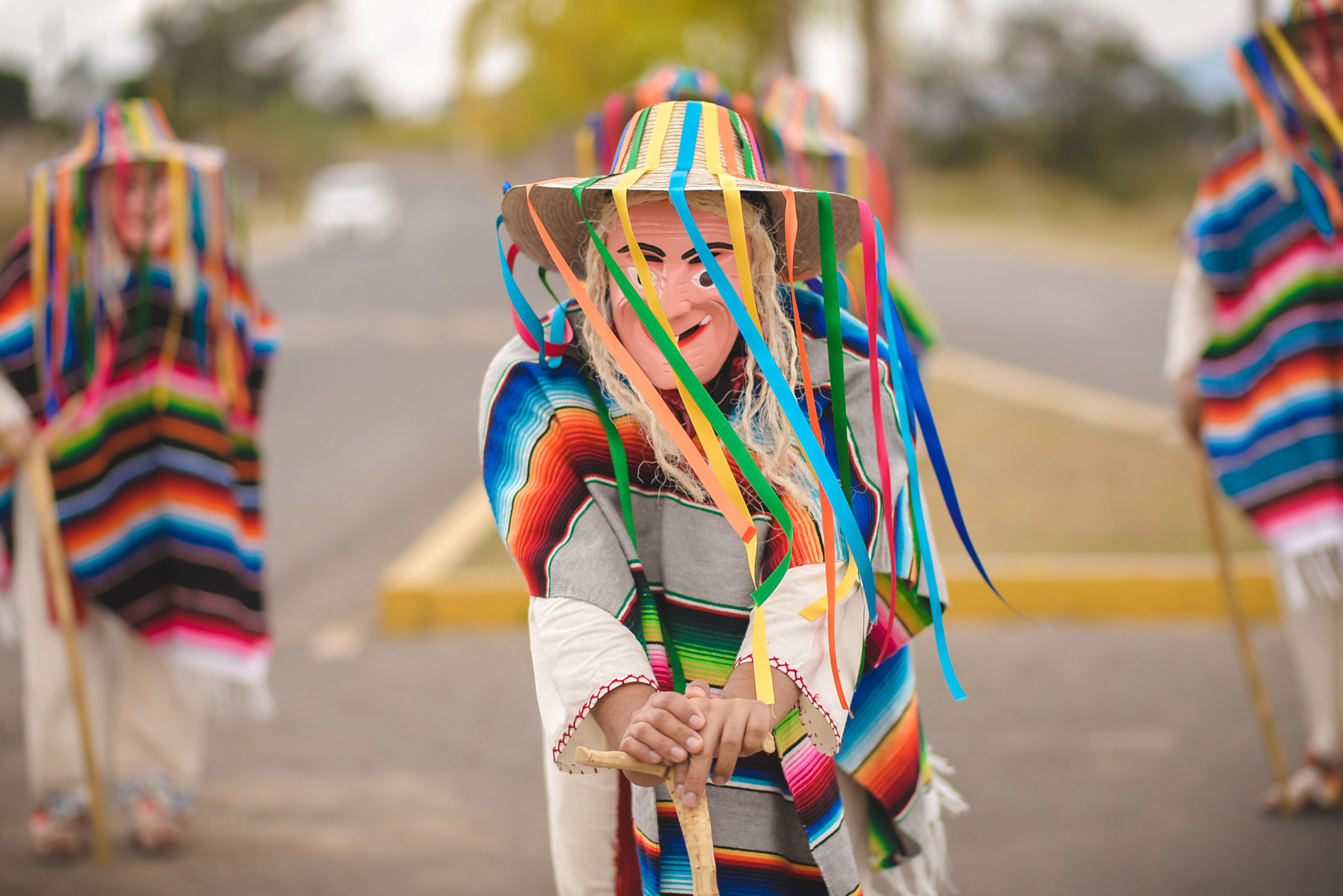
Family Traditions:
Family traditions bring a personal touch to these observances, often including sharing ancestral stories and maintaining rituals passed down through generations.
In France’s La Toussaint, it’s common for families to gather, reminiscing and sharing anecdotes about departed family members, perpetuating their memory.
Similarly, in the United Kingdom’s All Saints’ Day, families might follow specific traditions, like sharing meals made from old family recipes or storytelling sessions focused on the lives of the deceased.
Artistic and Craft Traditions:
Artistic and craft traditions are vital in these commemorations.
In Mexico, the creation of vibrant sugar skulls (calaveras) or elaborate papel picado (perforated paper) adorns ofrendas and public spaces, symbolizing the celebration of life.
Meanwhile, in Italy, families might handcraft candles or create intricate floral arrangements to place on family graves during Giorno di Ognissanti, emphasizing respect and remembrance.
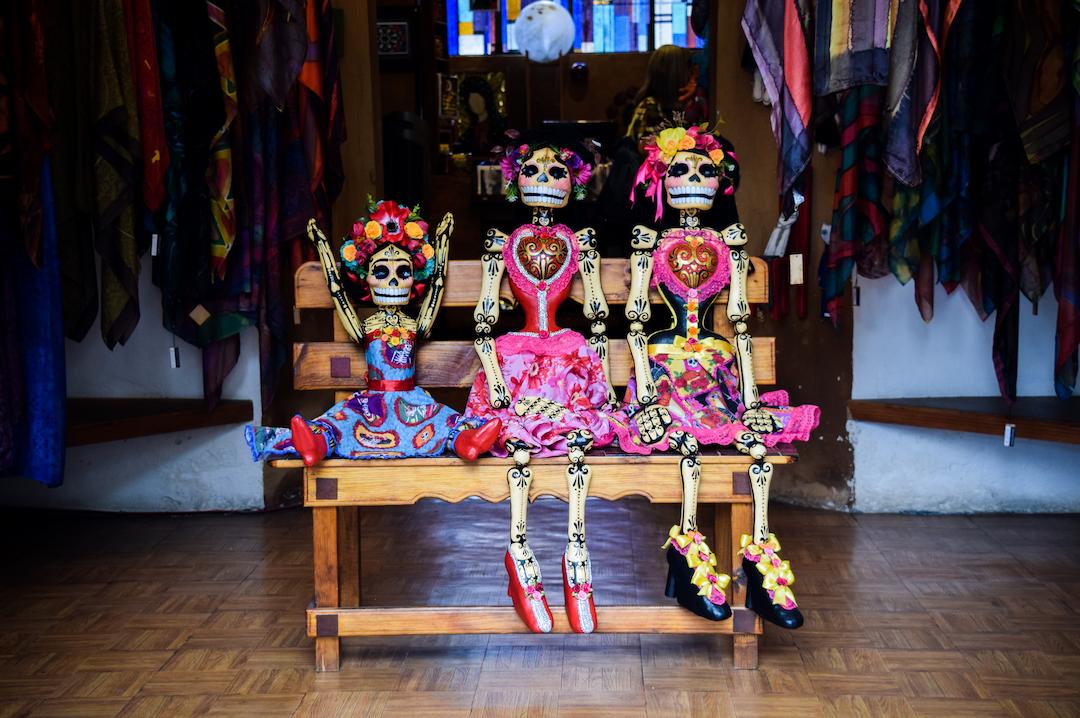
Modern Adaptations:
In recent times, modern adaptations have emerged, blending contemporary elements with traditional customs.
For example, in the US and the UK, art exhibitions or cultural events themed around Dia de los Muertos and All Saints’ Day showcase a fusion of traditional and modern art, attracting diverse audiences keen on understanding these vibrant celebrations through a contemporary lens.
The 2017 movie Coco, an American animated fantasy film produced by Pixar Animation Studios and released by Walt Disney Pictures is a must watch representing the Day of the Dead in Mexico.
Inclusivity and Community Engagement:
These observances are marked by inclusivity, bringing communities together in shared remembrance.
In South American countries like Brazil, the Dia de Muertos, Dia dos Mortos, or Dia dos Finados, often involves community-led activities at cemeteries, inviting people from diverse backgrounds to participate in honoring the deceased.
Similarly, in Spain, the tradition of visiting cemeteries and leaving flowers transcends socio-economic boundaries, showcasing a collective act of remembrance and respect.
Conclusion
November 1st stands as a poignant day of remembrance and cultural richness, uniting diverse communities in honoring their departed loved ones.
Whether in the quiet reverence of European cemeteries or the vibrant and colorful festivities in Latin America, these global traditions epitomize the enduring bonds between the living and the departed, weaving a tapestry of rich customs and cherished memories.
At The Tobian Language School, we recognize and celebrate the cultural diversity and traditions that enrich our world. Our language courses are designed to embrace the nuances and beauty of various cultures, fostering a deep appreciation for global customs and traditions.
Join Us Today
Ready to embark on your journey of learning a new language and new cultures?
Whether you’re interested in culture, career opportunities, travel, academics, or linguistic enrichment, our language courses offer a multitude of rewards.
Start your linguistic adventure today!

Tobias is a polyglot, traveller and founder of the Tobian Language School.

